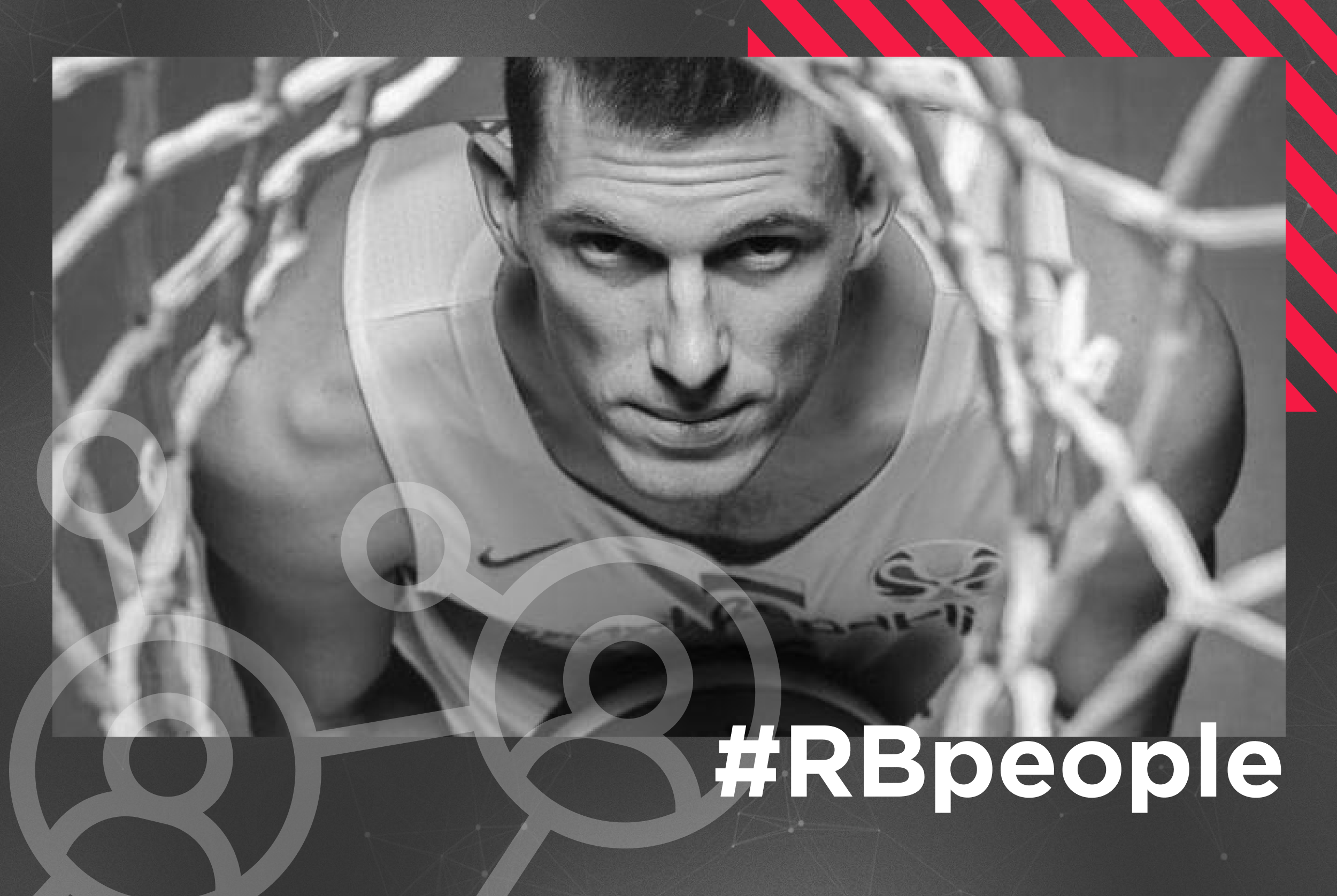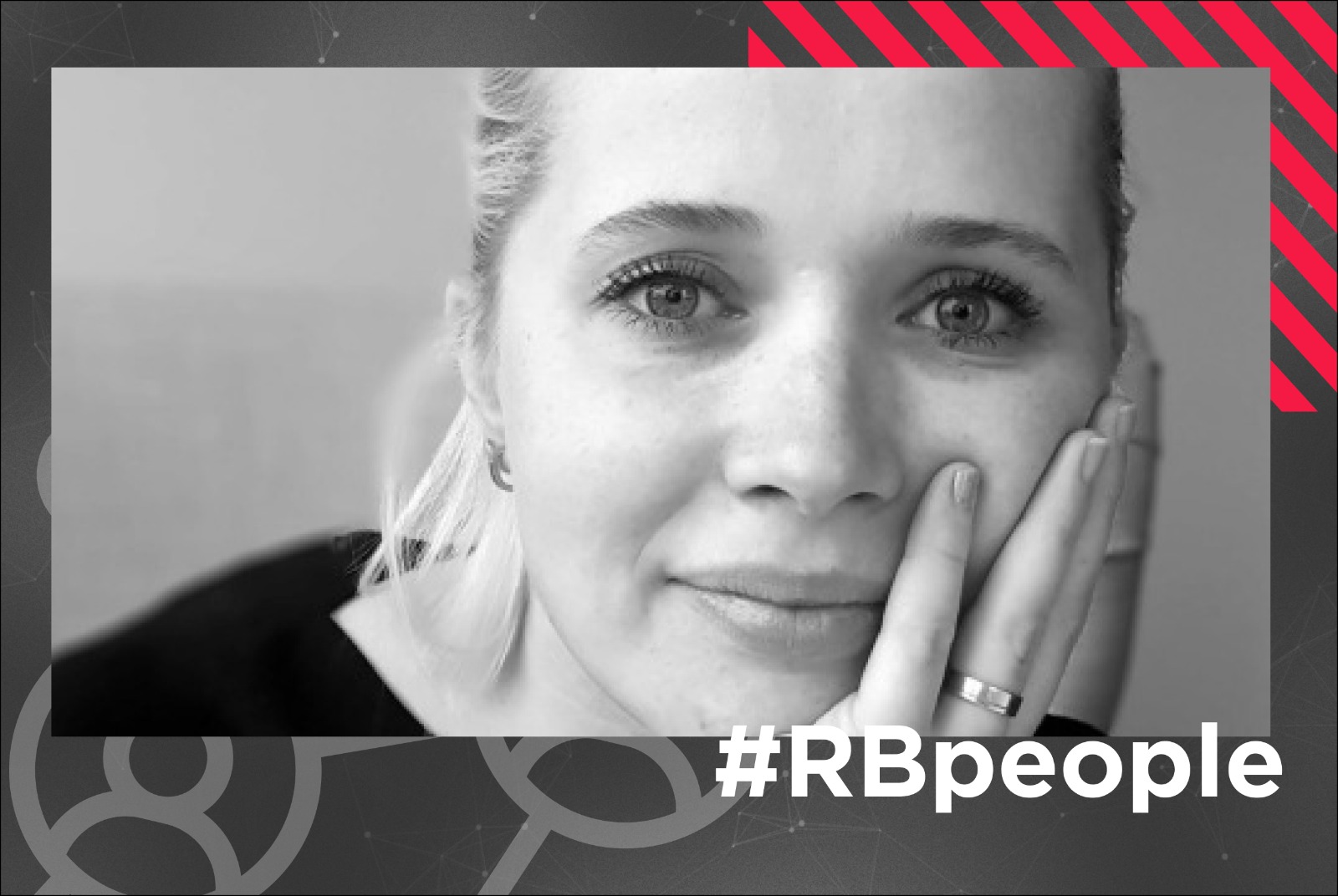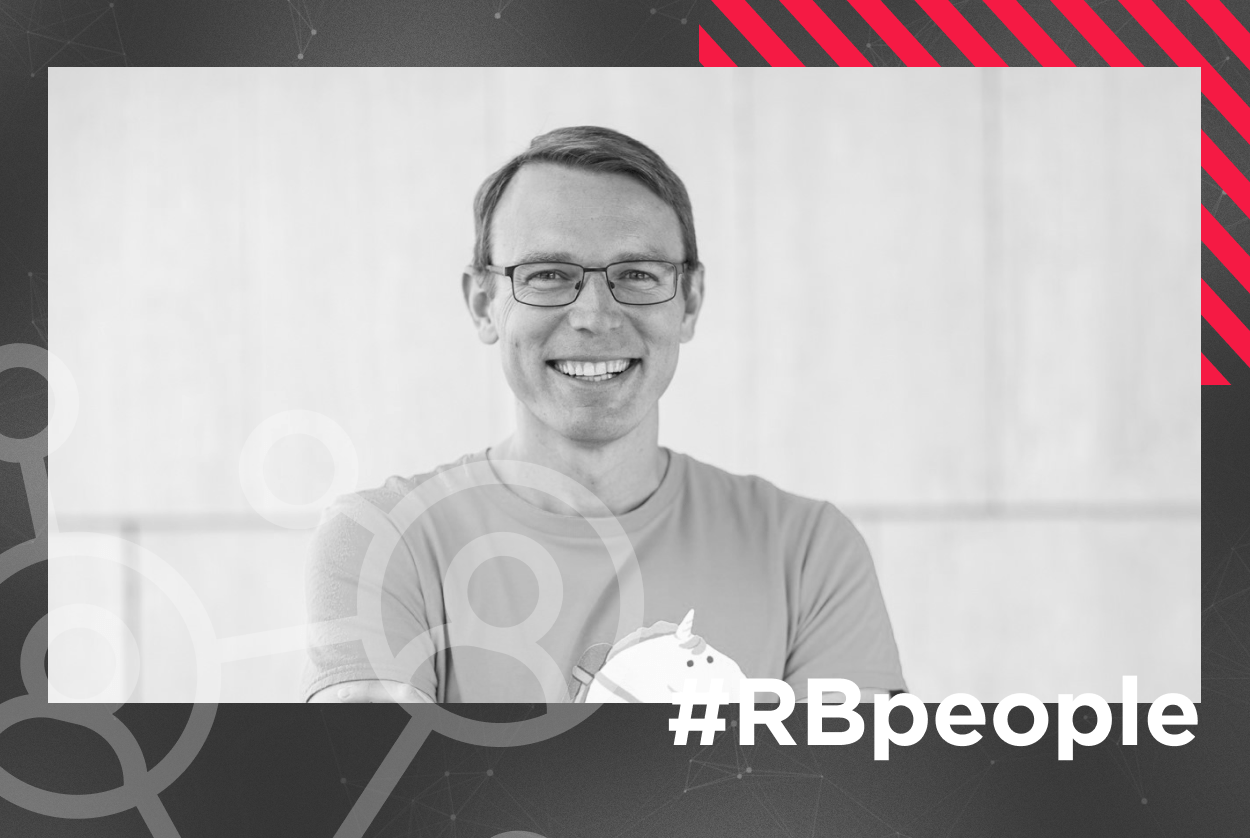This September, Prague hosted Europe’s single biggest celebration of all things visionary and futuristic. We spoke with Marek Gutt-Mostowy – CEO & Founder of EUROLOOP, a company working to build a full-scale cargo hyperloop – about the exciting potential as well as the larger implications of this disruptive technology.
Marek, you have worked in CERN and now, you are building a hyperloop company. It seems that there are some similarities between these two. Could you explain this a bit?
Absolutely. LHC, the Large Hadron Collider, is basically a huge tube that has magnets inside. The air is pumped out so the particles can be precisely controlled, without any interference from the air. That’s pretty much what happens inside the Hyperloop. You pump out the air so as to avoid any disturbances.
Some of the detectors in the LHC are being cooled with CO2, which is a very promising material with which to cool electronics. And CERN is one of the first institutions in the world to start working on that — in particular, the group with which I used to work. We have a collaboration with them to work on the cooling systems for the Hyperloop capsule as well.
One of the first systems that these guys did was for the international space station experiment called AMS, which was cooled with liquid CO2. There are a few similarities when you compare space and Hyperloop. You’re in a vacuum, the system has to be super lightweight, and you’re cooling electronics. It made sense to use CO2 for the capsule.
This is what we’re going to do with EUROLOOP. The LHC as a system is similar to a Hyperloop, but the two will also share some of the technology used to support the detectors. Here’s where the collaboration comes with CERN.
When you speak about the cooling and the temperature, it reminded me that when I read some interviews with experts who are a bit sceptical about the Hyperloop, they often mention that the material that the tubes are made of will shrink and expand due to external temperature.
There is an answer for this: balance. Materials which compensate for the terminal expansion of a tube, in this particular case. If you look at any factory installation, you’ll find something which has a rough surface, like a corrugated surface, and this is something that can shrink and expand. It has similar properties to the tube itself.
I used to work on the technology for Atlas, which basically was a cooling cable. It was vacuum-insulated, and it could deliver CO2 anywhere. And it was made out of corrugated hose. These corrugated hoses could bend, they could shrink, they’re elastic. That’s why we called them cooling cables.
We use the very same expansion joints on the Hyperloop tube. And in this way, you’re compensating every 100/150 meters for the terminal expansion, and not at the very ends. Balance is the answer.
Your startup has a mission of acquiring the technical expertise, funding and permits required to construct a fully operational hyperloop station in Europe.
Yes.
Among these, which is the biggest challenge?
I would say legislation definitely is a huge hurdle because it doesn’t exist. It takes years normally to introduce new legislation. Even if you are, let’s say, certifying a new locomotive, right? A new train. It takes years sometimes. You have to adapt the standards.
That’s also the reason why we’re dealing with cargo first, and not passengers. Legislation itself can prevent that product from taking off in three to four years for passengers. For cargo, it’s a different story. There’s also some legislation involved, but not as much. And obviously, no one cares if you lose one capsule full of TVs. I would care if it was my TV, but it’s not a big deal in the big scale of things.
“Europe has never been as open as it is right now, and it would be horrible not to make use of it.”
In general, the institutions and the government in Poland are very open to cooperation on this idea?
Yes. They’re being very supportive, and we’re working together on different projects. Some EU countries, including Poland, offer programs such as Horizon 2020 which supply funding for the development of very innovative technology. Hyperloop is one of them. In particular, this one is called Fast Track, where we are applying for funds which would be enough to build our first commercial product. The innovation situation is pretty good in terms of funding.
Could you elaborate more on why you chose to start in Poland? What in particular makes the environment there for startups as good as you mentioned?
Well, we’ve already covered the funding advantages. I’ll answer this from the Hyperloop perspective, because that’s where our support came from.
We’ve spent most of our time in the US, but all of the major companies working on Hyperloop are moving out of the US. The reason for this is the US doesn’t have the best transportation infrastructure. In Europe, we have a totally different attitude towards that. We have public transportation systems in every single city, across the cities and so on. This attitude is worth more than any access to funding. It’s crucial to our mission.
The EU has some pretty tough regulations when it comes to entering the market, when it comes to starting inside of the market, and so on. We want to tackle this challenge head-on — straight ahead — so that in the future, it will only become easier. We’ll have access to a massive market, we’ll work out regulations, and this way, we’re basically saying to investors that it’ll only get easier from here.
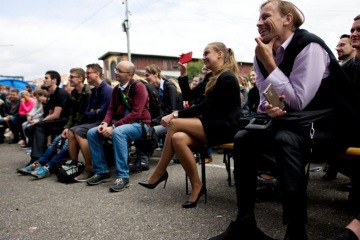
This is what we wanted to do with EUROLOOP: just show that this offers massive potential, connecting central Europe in the first place, Poland, Czechia, Slovakia, Hungary, Germany, and so on. All the surrounding countries with a Hyperloop network where there’s no high speed railway. That’s the main thing.
If you wanted to build it in France or Spain or parts of Italy, you’d have to deal with pretty severe competition from high-speed railway operators. You want a place where you don’t have high-speed railway, but you have a need for it. And Central Europe is definitely a place which has a dire need for high-speed, efficient transportation. Because that’s the whole point: it has to be efficient.
It’s something that we’re doing best at EUROLOOP: creating efficient transportation. Velocity and so on is second to us. It’s a side effect. It’s super positive, but a side effect. But we’re firstly working on efficient transportation. That’s our primary goal.
When it comes to high speed railway, I don’t know how it is in Poland, but in the Czech Republic, the government has a plan to spend €25 billion in the next 30 years to build an extensive high-speed railway network. What do you think? In the context of today and in the context that the Hyperloop might not be so far away, is it a good idea?
It’s pretty much the same situation in Poland. I think the governments are really taking Hyperloop into account at this point. It might actually happen, and building high-speed railway networks with 50-year-old technology can be a bad goal. They’re going to wait three more years before making the final call. But from my perspective, it’s a bad decision. It’s like asking Henry Ford whether manufacturing cars would be bad for horses. He can’t really say that.
“What really matters is that the people are willing to make it happen.”
What’s your timeline for the first functional Hyperloop solution in Poland?
Our timeline assumes that within 3.5 years, we will have our first commercial applications. These will be our test track converted to real commercial applications. We are in talks with different departments at the moment regarding land for this test track. And we are working out the collaboration with the entities who would be interested to use that system commercially, three and a half years from now.
Three and a half years is the period for our planned R&D project; this is for how long we are planning our grant. But afterwards, it has to be commercial. Our grant stipulates that it must be essentially a commercial solution at the very end. So we have to reach a TRL (Technology readiness levels) level of 8 or 9, and we have to introduce that commercially and operate commercially.
You can sell it later, but the result cannot be just for research purposes to say, “Yeah this works, and this works, but this doesn’t.” You have to work every single detail out. And this is one of the things that we need to make sure that our experts who will be reviewing the application get right. We must work out every single thing at this point, and these things need to be checked, but we have a couple of potential solutions for that.
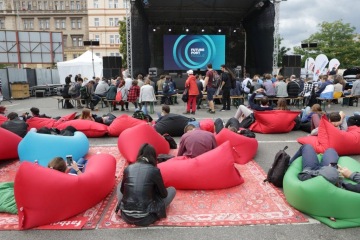
Once we’re done with that, we can introduce things on a commercial level. Having done integration one, integration two has taught us a ton of things. And right now, it’s about nailing down the details and making sure that this integration is going to be way better than the previous one, and that we don’t make the same mistakes that we did with integration one.
Understood. I think it’s a good opportunity, because you’re working on a short time frame. Planning a high-speed railway in the Czech Republic will take many years.
Might be, might be. So, we are a commercial company. We need to act fast, so there is a high chance that we are going to achieve our goals, because otherwise, we wouldn’t survive. That’s the main thing.
Let’s say somebody is interested in what you do, he wants to join you, help you as a company or an individual. What are you looking for?
Yes, we are a pretty elite team. We have members coming from every single industry that we cooperate with. We’re looking for people in all our areas of interest, and we’re open to collaboration. This includes the application industry, automotive, railway, rolling stop and civil engineering. These are the main four fields which I would say are interesting from my perspective, but we’re open to anyone who has anything to do with engineering, and not just that, but legislation as well, and so on. Anyone who is interested, feel free to drop me a message. I’m responsive.
“I’m certain that we’re going to make a switch to e-mobility, because it’s just so advanced at this point. It’s going to happen way faster than anyone thinks.”
How do you envision the future of the transportation in Europe in the next fifteen years? What can you imagine?
There are a few things which I’m certain of, and there are a few things which I’m hoping for. I’m certain that we’re going to make a switch to e-mobility, because it’s just so advanced at this point. It’s going to happen way faster than anyone thinks — two or three years. In Europe, at least fifty percent of the new cars people buy will be electric. Within ten years, no one will even remember fossil fuels. Electric cars will be like gasoline engines. Making small explosions — we will be so past that. That will go away for sure.
I really do hope that it will be around this time — ten years — that we’ll have the first operation of Hyperloop for passengers. I think it’s a reasonable schedule: seven to ten years to introduce the first one. It’s still tight, but I think it’s doable. And I do hope that it will happen.
There are many obstacles along the way, but what really matters is that the people are willing to make it happen. That includes the public, authorities, engineers, and so on. Everyone wants that to happen because we’ve been waiting for an efficient mode of transportation for a long time. Obviously electric cars are an improvement, but they’re still going to be slow, and we are moving way more than we used to. We do our jobs on the move, and so on. Europe has never been as open as it is right now, and it would be horrible not to make use of it.
What about a social aspect? Imagine that I’m in Prague, and it takes me twenty minutes to go to Berlin, or Munich, and for a salary much bigger than what I’d earn in Prague.
That’s the thing. There might be governments which oppose these connections because it doesn’t make sense from that perspective. We have quite a few examples in Europe when it comes to that. There are a few capitals, even around this one, where if you connect them, one direction would be used more than the other. You really want to make sure that you start somewhere where you don’t have those discrepancies and wage inequalities, otherwise it’s not going to happen.
In the future, just wait until those inequalities became more equal, and then target it as your market. People will want it anyway. But at the end of the day, public money is public money, and it has to be spent wisely. I wouldn’t expect governments to put it into something that would take that money away, never to return.
We have to be realistic and think about the regions that can be connected so there are no external forces pulling different directions. That’s another advantage we have in Poland. We can make a network within the country first, and then think about the expansion. Poland is big enough so that it makes sense to create a large national grid before going anywhere else. It’s going to take quite a few years, but by then, I think opportunities will be more equal between the countries.


